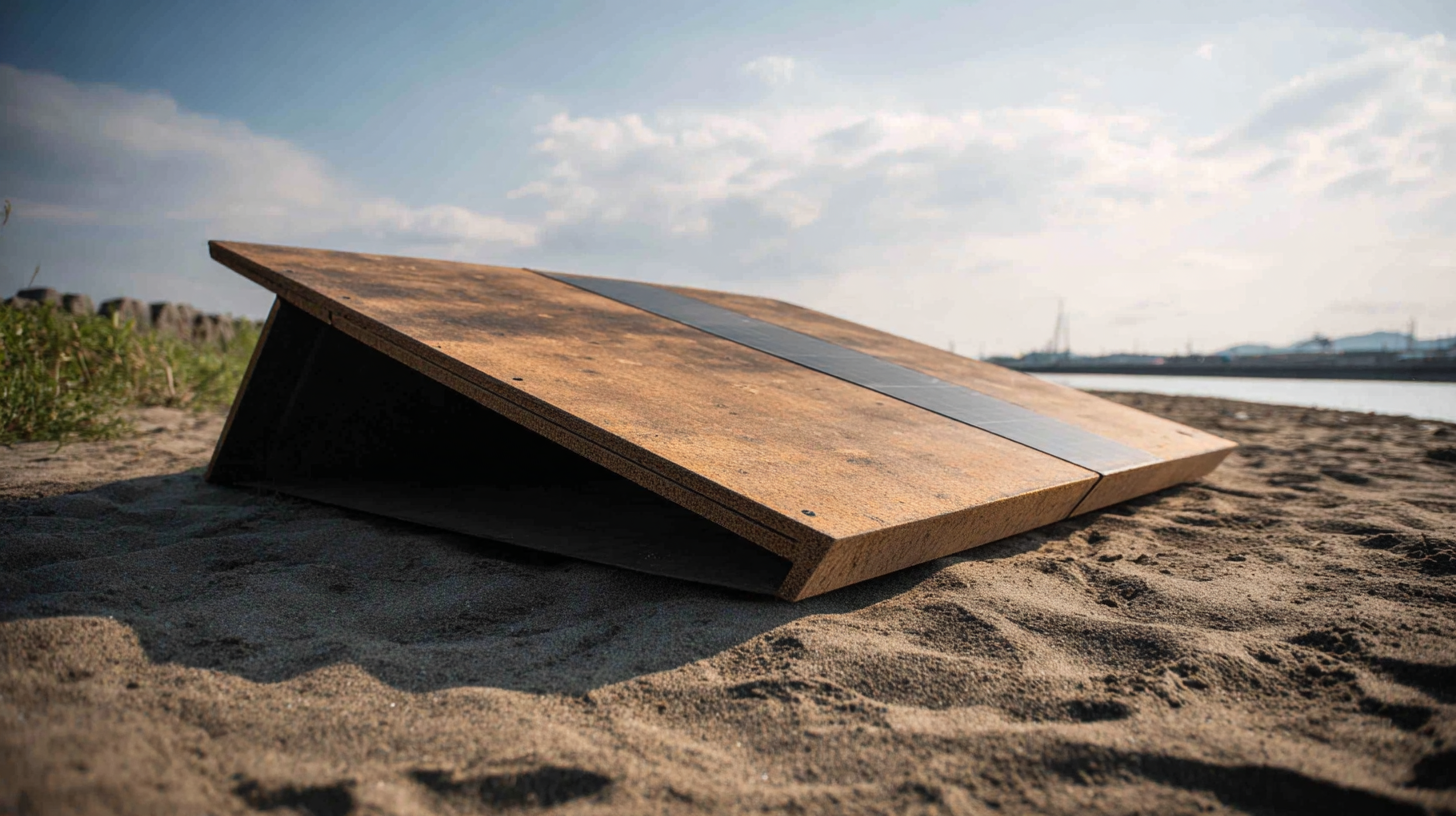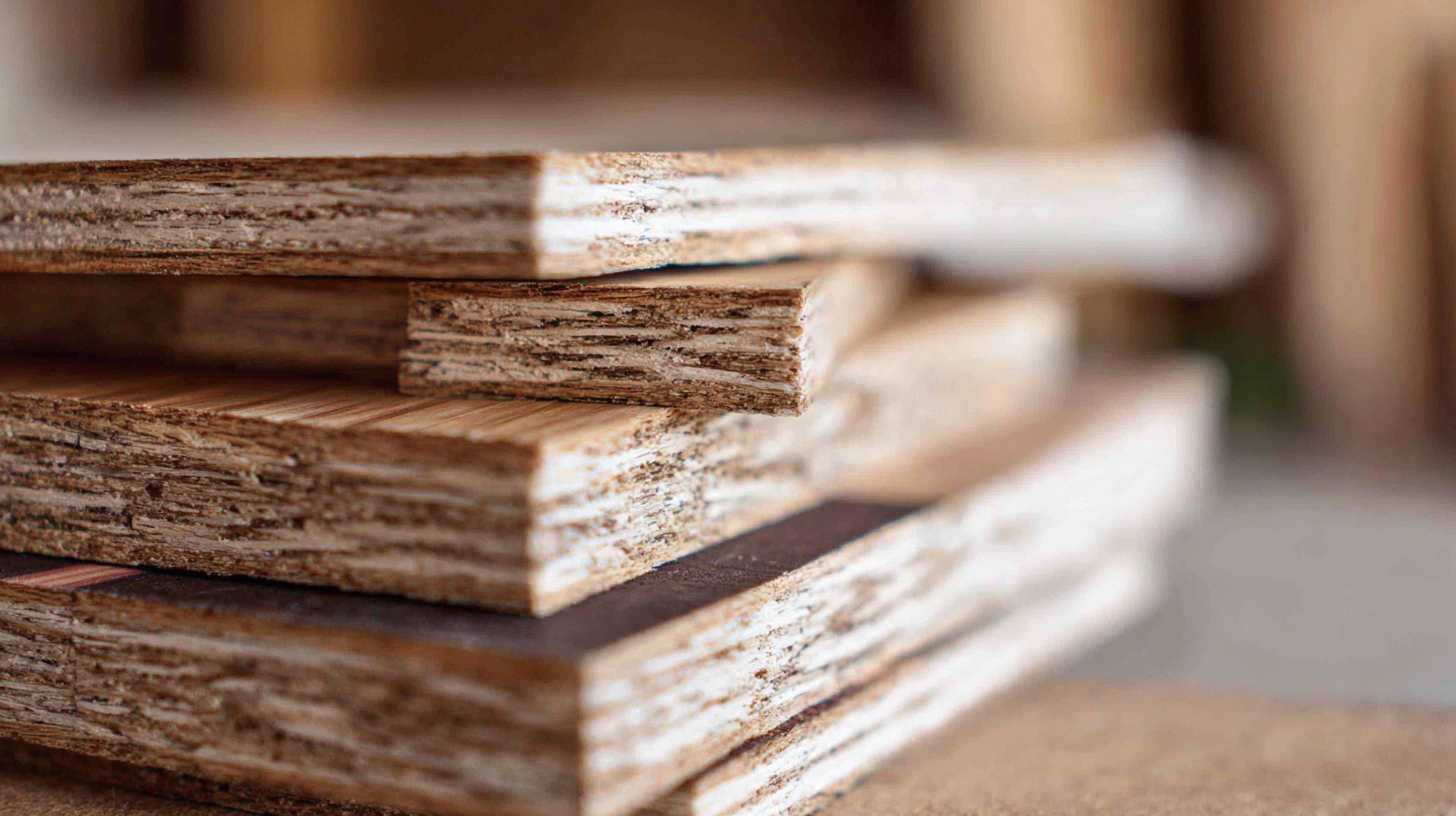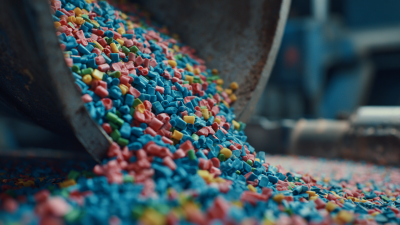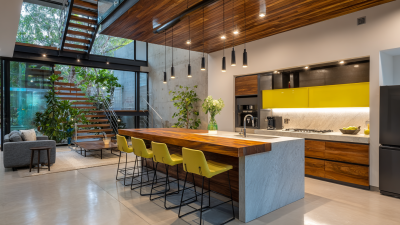In recent years, the shift towards sustainable living has gained momentum, with various materials being evaluated for their eco-friendliness and efficiency. Among these, plastic boards have emerged as a versatile solution that aligns with green initiatives. According to a report by the Ellen MacArthur Foundation, the global plastic industry is valued at approximately $500 billion, yet a staggering 91% of plastic is not recycled, highlighting the urgent need for innovative recycling and reuse strategies. By utilizing high-quality plastic boards, which are often produced from recycled materials, consumers and businesses alike can significantly reduce waste while benefiting from their durability and lightweight properties. These boards can be employed in a range of applications, from construction to furniture design, positioning them as a practical choice for sustainable living. Embracing plastic boards not only contributes to environmental conservation but also fosters a circular economy, setting a precedent for more responsible consumption habits.

Plastic boards have emerged as a valuable material in eco-friendly construction practices, offering several advantages that align with sustainable living principles. One of the primary benefits is their durability and resistance to water and decay, which prolongs their lifespan compared to traditional materials like wood. This longevity not only reduces the frequency of replacements but also minimizes waste, contributing to a more sustainable building approach.
Additionally, plastic boards can be produced using recycled materials, which helps to divert plastic waste from landfills and reduces the demand for virgin materials. This recycling process diminishes the carbon footprint associated with manufacturing, making plastic boards a more environmentally friendly option. Furthermore, their lightweight nature facilitates easier handling and transportation, ultimately leading to lower energy consumption during construction. Together, these factors highlight the role of plastic boards in promoting resource-efficient and eco-conscious building practices.

Durability and longevity are two of the primary advantages of using plastic boards in sustainable living. Unlike traditional materials such as wood, which can warp, splinter, or succumb to rot over time, plastic boards are engineered to withstand harsh environmental conditions. This resistance to deterioration ensures that structures made from plastic boards have a significantly longer lifespan, reducing the need for frequent replacements. Consequently, this durability translates to lower resource consumption and waste generation, aligning closely with sustainable living principles.
Moreover, the longevity of plastic boards contributes to economic sustainability. By investing in a long-lasting solution, homeowners and businesses can save on maintenance costs and reduce the frequency of renovation projects. This not only conserves financial resources but also minimizes the environmental footprint associated with the manufacturing and disposal of short-lived materials. As society moves towards more sustainable practices, the use of plastic boards becomes an increasingly attractive option for those seeking both durability and eco-friendliness in their building and landscaping projects.
Plastic boards have emerged as a promising solution for promoting sustainability and reducing waste in various industries. The trend of recycling and incorporating recycled materials is gaining momentum, driven by the need to address the staggering amounts of plastic waste accumulating globally. Reports indicate that the global market for recycled plastics in green building materials alone is expected to reach USD 12.24 billion by 2034, up from USD 5.31 billion. This growth reflects a growing recognition of the benefits of using recycled materials, including plastic boards, in construction and other applications.
Additionally, various sectors are actively implementing strategies to advance recycling practices and reduce their plastic footprint. For instance, companies are increasingly exploring innovative recycling solutions for clean energy technologies like solar panels and wind turbines, which highlights the potential of repurposing materials to lower environmental impacts. This push aligns with ongoing efforts at airports around the world, where waste reduction initiatives, including recycling programs, are being embraced to promote sustainability. The integration of recycled plastic boards into these initiatives not only enhances resource efficiency but also contributes to a circular economy, mitigating the adverse effects of plastic waste on our planet.
The financial advantages of incorporating plastic boards into sustainable living practices are significant and multifaceted. First and foremost, the durability of plastic boards leads to long-term cost savings. Unlike traditional materials that may require frequent replacements or maintenance, plastic boards are designed to withstand various weather conditions and resist wear and tear. This longevity means that consumers spend less money on repairs and replacements, making them a wise investment over time.
Moreover, plastic boards are often lighter and easier to handle than their wooden or metal counterparts, reducing transportation costs. Their versatility allows for a wide range of applications, from construction to landscaping, which can minimize the need for multiple different materials. Many manufacturers also implement recycling programs, allowing consumers to buy recycled plastic boards at lower prices, further enhancing the overall cost-effectiveness. Thus, embracing plastic boards not only supports a greener lifestyle but also presents substantial financial benefits for individuals and businesses alike.
| Benefit | Description | Estimated Savings ($) | Environmental Impact |
|---|---|---|---|
| Durability | Plastic boards are resistant to water, rot, and pests, leading to lower replacement costs. | $500 over 10 years | Reduces waste and resource consumption. |
| Low Maintenance | Requires minimal upkeep compared to wood and other materials. | $300 annually | Less chemical use for maintenance. |
| Recyclability | Can be recycled into new materials, reducing landfill waste. | $100 from recycling credits | Supports circular economy practices. |
| Cost Efficiency | Initial investment is lower than traditional materials. | $250 upfront | Less resource extraction impact. |
| Versatility | Suitable for various applications from construction to crafts. | Variable savings | Encourages innovative recycling uses. |
Plastic boards have revolutionized the way we approach design and functionality in living spaces. Their versatility allows for countless creative applications, whether in furniture design, wall paneling, or home decor. These lightweight, durable materials can be easily manipulated into various shapes and sizes, enabling designers to create bespoke pieces that meet the specific needs of any room. For example, plastic boards can be used to craft modular shelving units that adapt to changing lifestyles, offering both aesthetic appeal and practicality.
In addition to their customizable designs, plastic boards contribute to sustainability in living spaces. Many plastic boards are made from recycled materials, reducing the carbon footprint associated with traditional building materials. Designers can incorporate vibrant colors and textures into their projects, enhancing visual interest without compromising environmental values. As living spaces evolve to reflect more sustainable practices, the innovative use of plastic boards will continue to inspire new trends in eco-friendly design.







